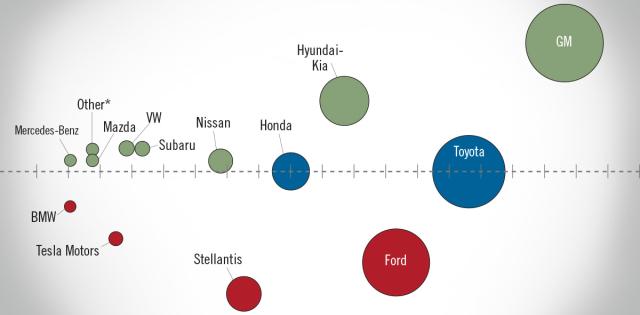The article below is sourced from Bloomberg Wire Service. The views and opinions expressed in this story are those of the Bloomberg Wire Service and do not necessarily reflect the official policy or position of NADA.
Driving a shiny new Mercedes-Benz may soon become a distant dream for many but the most affluent.
The average price of a Mercedes reached some €72,900 ($76,590) last year — a 43% increase over 2019 levels. That chimes with the carmaker’s push even further upmarket by focusing on top-end models like the S-Class sedan to bolster profits. The company has been working through pent-up demand after chip shortages curbed production last year.
Mercedes is hiking the prices even of entry-level models like the A-Class hatchback. Drivers are increasingly only be able to buy versions of the car with bells-and-whistle options as standard.
Mercedes isn’t alone. Around the world, manufacturers are reaping the benefits of selling fewer but more expensive cars. In the US, average monthly payments for a new car nearly doubled from late 2019. And as battery-powered vehicles tend to cost more than the average combustion-engine car, the shift to EVs may make the affordability crisis even worse.
For more stories like this, bookmark www.NADAheadlines.org as a favorite in the browser of your choice and subscribe to our newsletter here:











